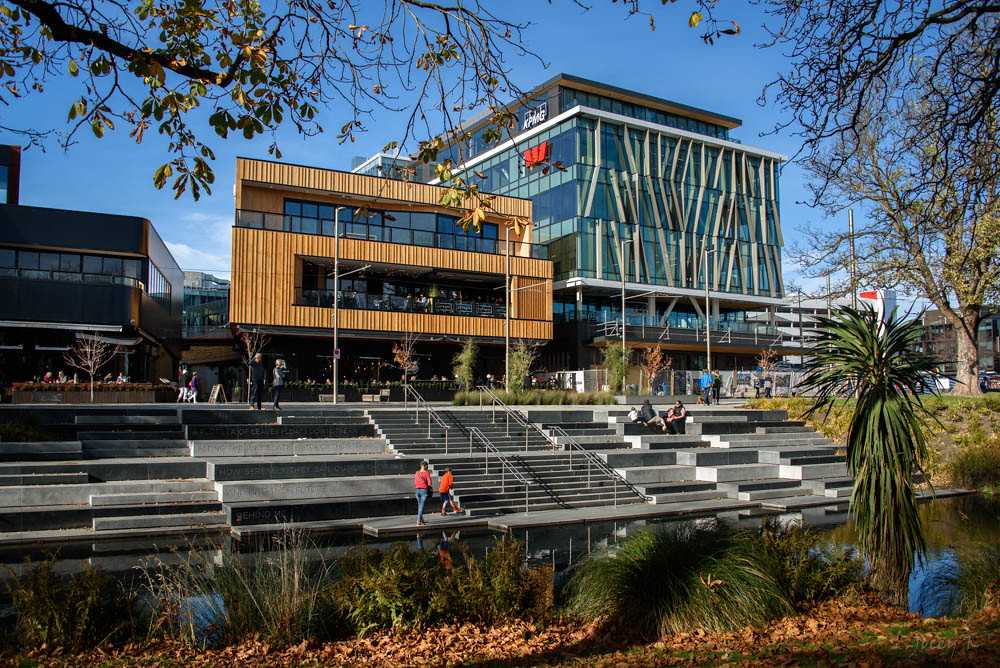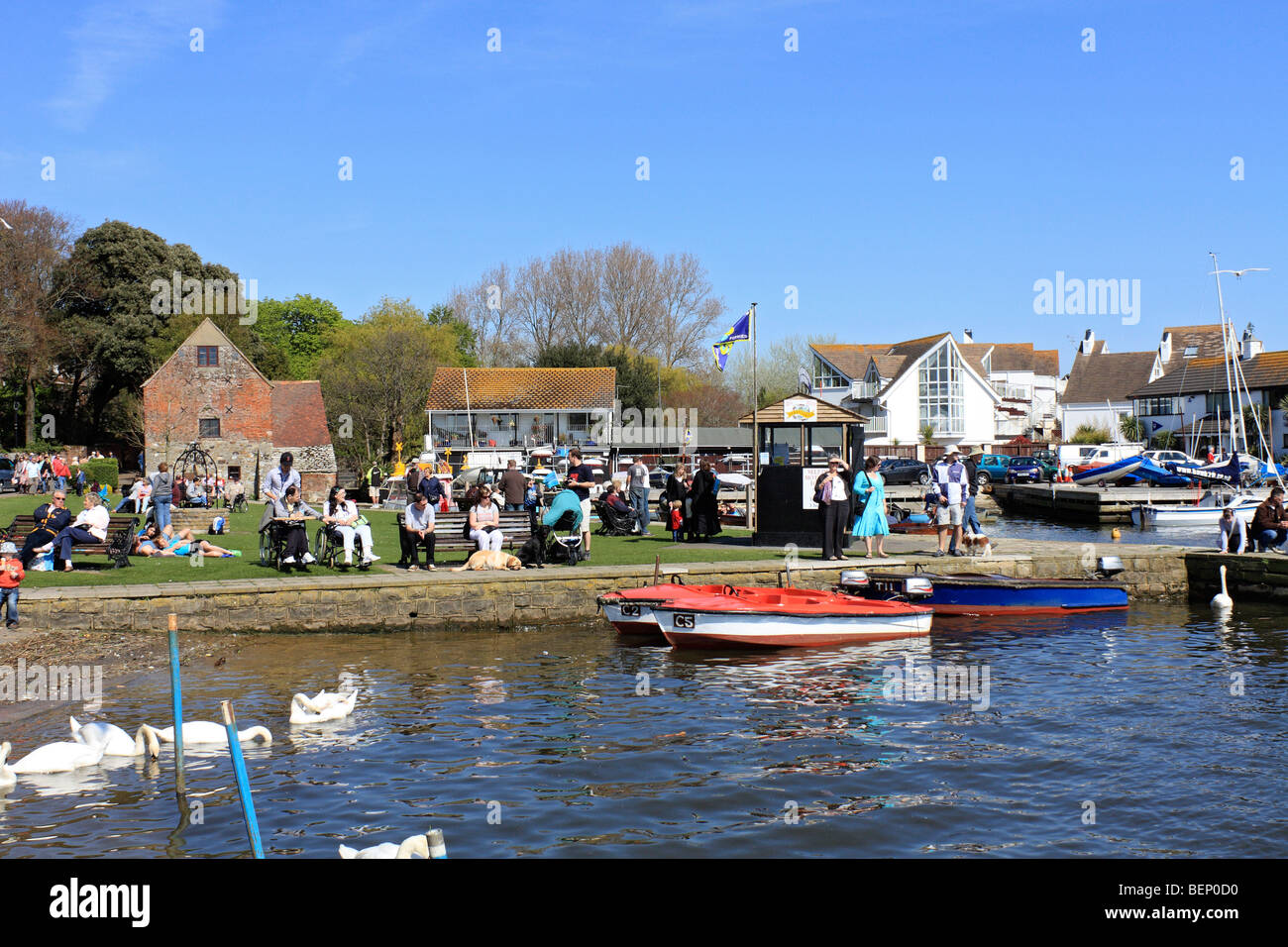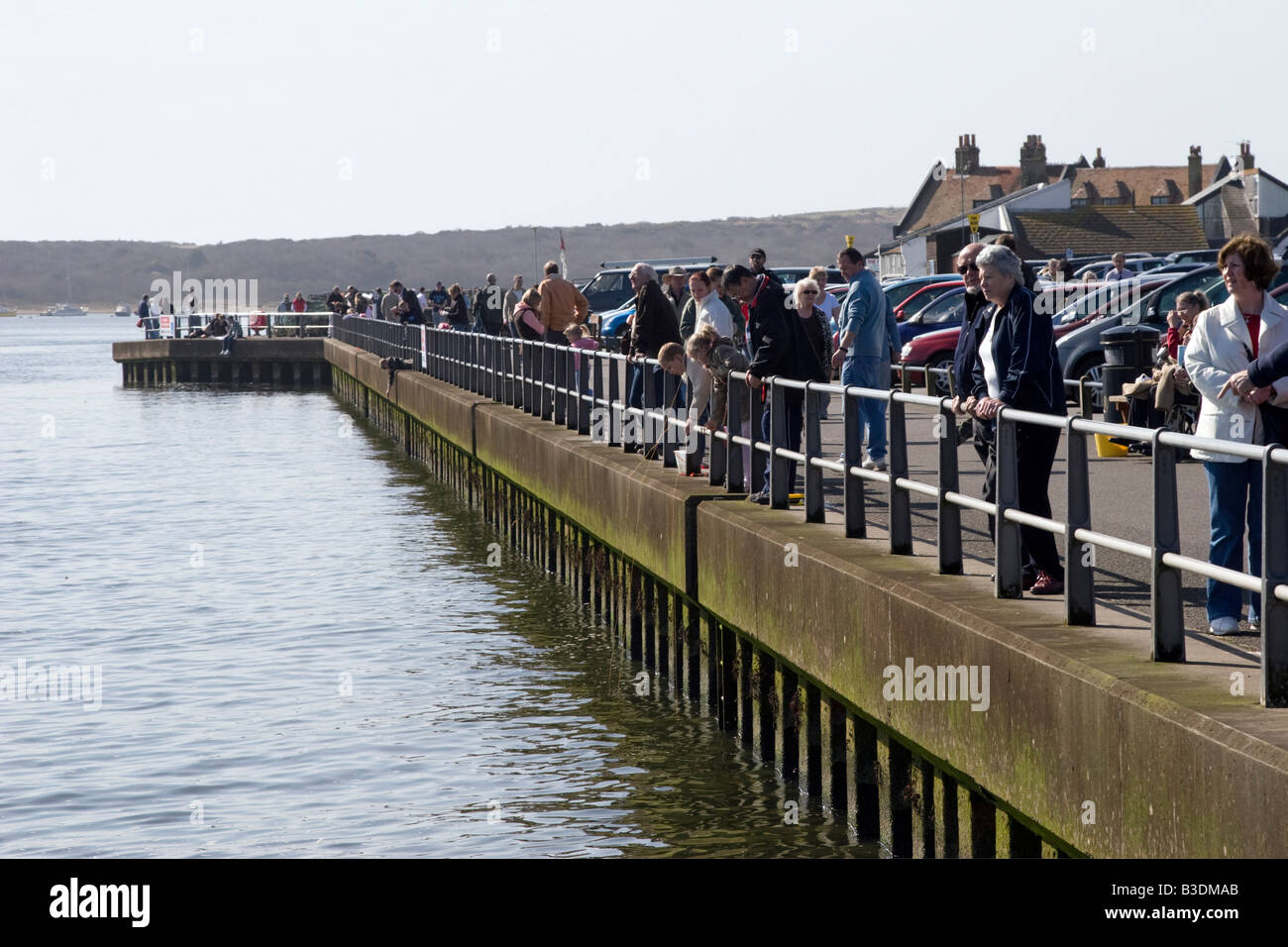

So, three years after the Christchurch attack, the only tool required to fool the platforms’ automated systems for removing terrorist content is basic video editing software, plus some persistence. The problem with hashing, however, is that a bad actor only needs to alter the file a small amount-for example by changing its color profile, or cropping the picture-to return a totally different hash code, and thus evade the platforms’ automated removal mechanisms. Members include Facebook, YouTube, Amazon, Twitter and Discord. This makes hashing a good way for different platforms to share information about illegal content, such as terrorist propaganda or child abuse imagery, without having to distribute these files among themselves.
#CHRISTCHURCH VIDEO DOWNLOAD CODE#
If the hash code of a new piece of content is matched to an entry in a hash database of known illegal content, the tech companies can remove the content even if their own staff have never come across it before. It is impossible to recreate a piece of content from its hash code, but identical content will always return the same hash code if run through the same hashing algorithm. Hashing is an efficient way of representing a video, photograph or other document as a string of numbers, instead of sharing the file itself.

Through GIFCT, platforms share encoded versions of of terrorist content, known as hashes, that they have removed from their sites, allowing, for example, Facebook to quickly and easily remove a copy of a terrorist video that had only appeared on Twitter up to that point. Through an industry group, the Global Internet Forum to Counter Terrorism (GIFCT), the platforms are sharing identifying data about the Buffalo shooter’s video and manifesto between them in order to make it easier to remove from their sites. In the immediate wake of the New Zealand attack, many of the world’s biggest social media platforms signed onto the “ Christchurch Call,” a commitment to stamp out the spread of terrorist content online. The biggest platforms are now collaborating far more closely than they were at the time of other livestreamed terror attacks. That’s why the immediate response has to be very strong.” How platforms are cooperating to stop terrorist content “Once something is out there, it’s out there. “I’ll blame the platforms when we see other shooters inspired by this shooter,” says Dia Kayyali, the associate director for advocacy at digital rights group Mnemonic. Still, despite their progress, tech companies’ work so far has not been enough to stop the spread of these videos-either before they occur, during the livestream, or in the places where copies of the video are being reuploaded. Read More: ‘There’s No Such Thing As a Lone Wolf.’ The Online Movement That Spawned the Buffalo Shooting Facebook’s parent company, Meta, and Twitter said that they had designated the videos under their violence and extremism policies shortly after the shooting, and were removing copies of it from their platforms, as well as blocking links to external sites where it was hosted. “That’s a very strong response time considering the challenges of live content moderation, and shows good progress,” Twitch said in a statement to TIME on Monday, adding that it was working hard to stop copies of the video being uploaded. He also said he chose to stream on Twitch because it had taken the platform 35 minutes to remove the livestream of the Halle attack.Ĭompared to the Halle attack, the two minutes that it took Twitch to remove the video of the Buffalo attack speaks to the progress tech companies have made since 2019. In a manifesto posted online shortly before the attack, seen by TIME, the Buffalo shooter said that he was inspired by the Christchurch attacker’s politics, and that he decided to live stream his own attack in order to inspire others.

The Buffalo shooter was directly radicalized by those videos. Read More: ‘A Game of Whack-a-Mole.’ Why Facebook and Others Are Struggling to Delete Footage of the New Zealand Shooting


 0 kommentar(er)
0 kommentar(er)
